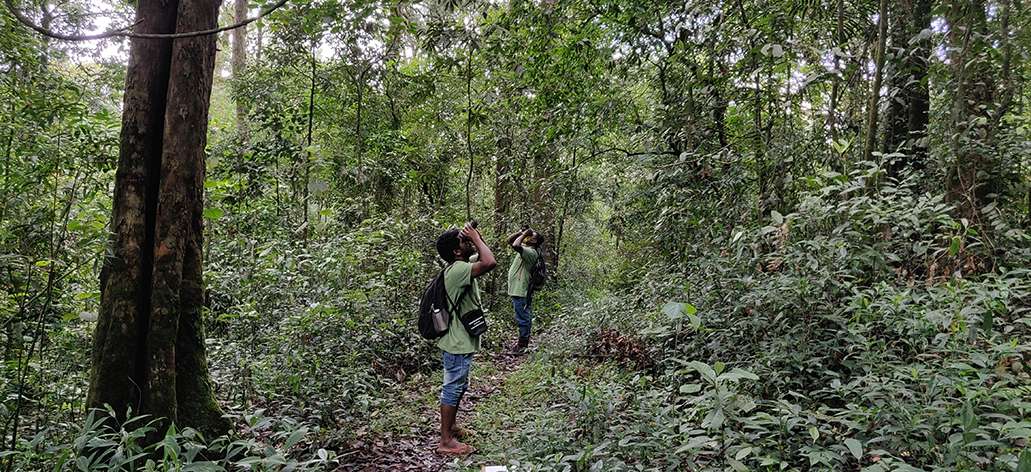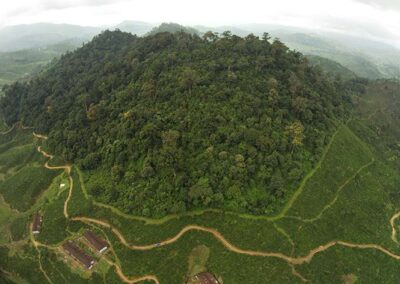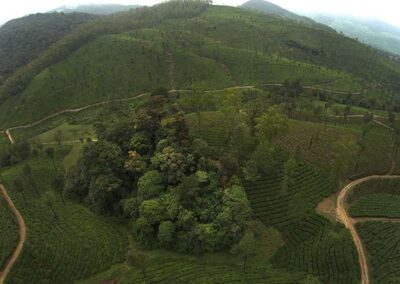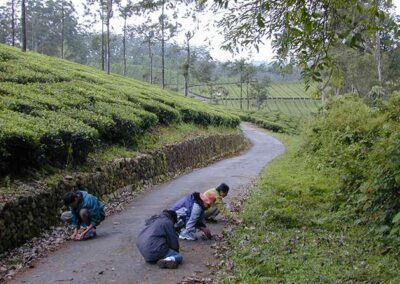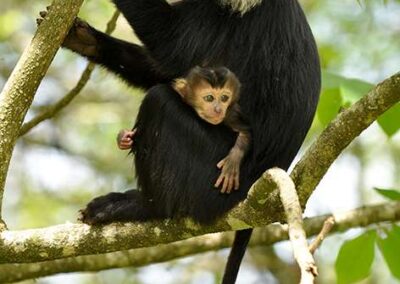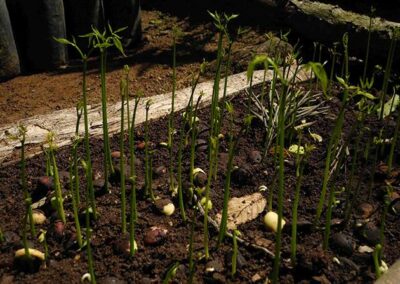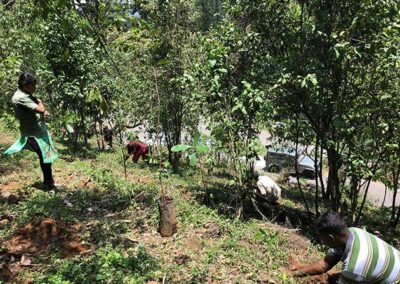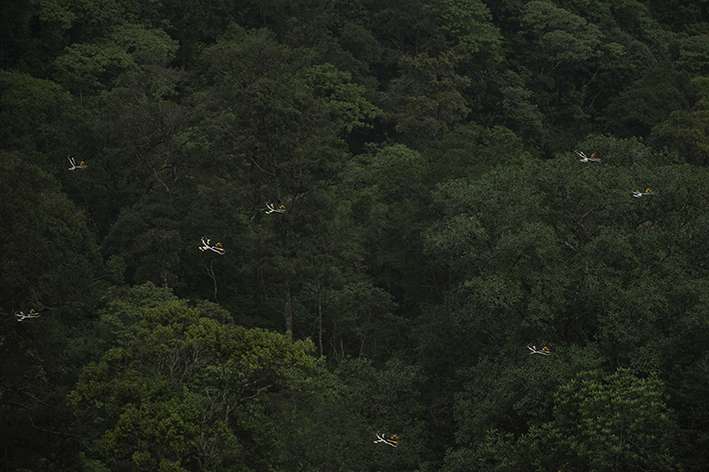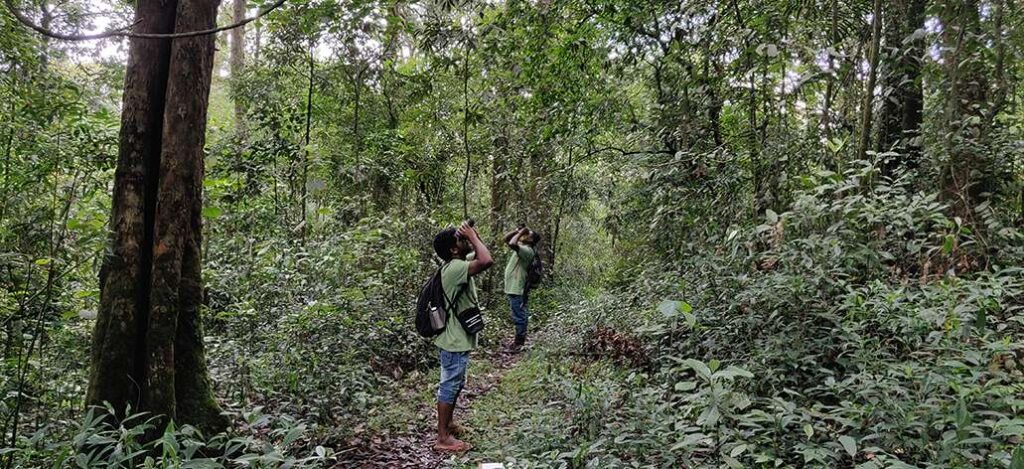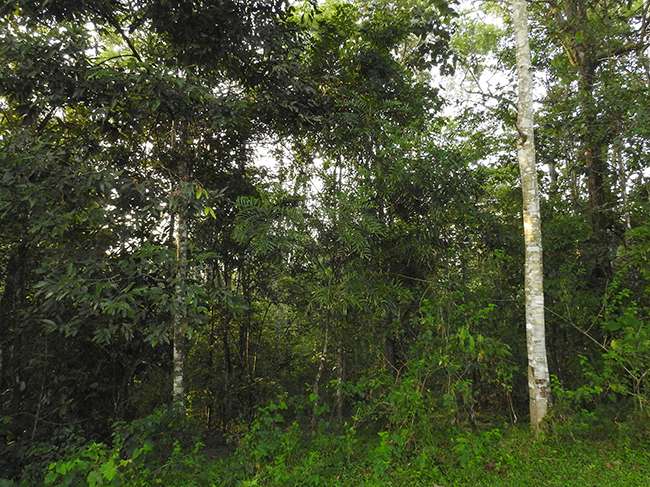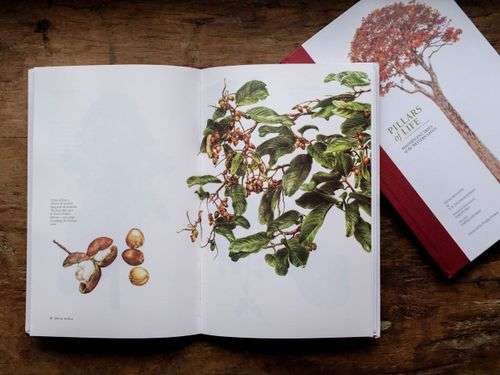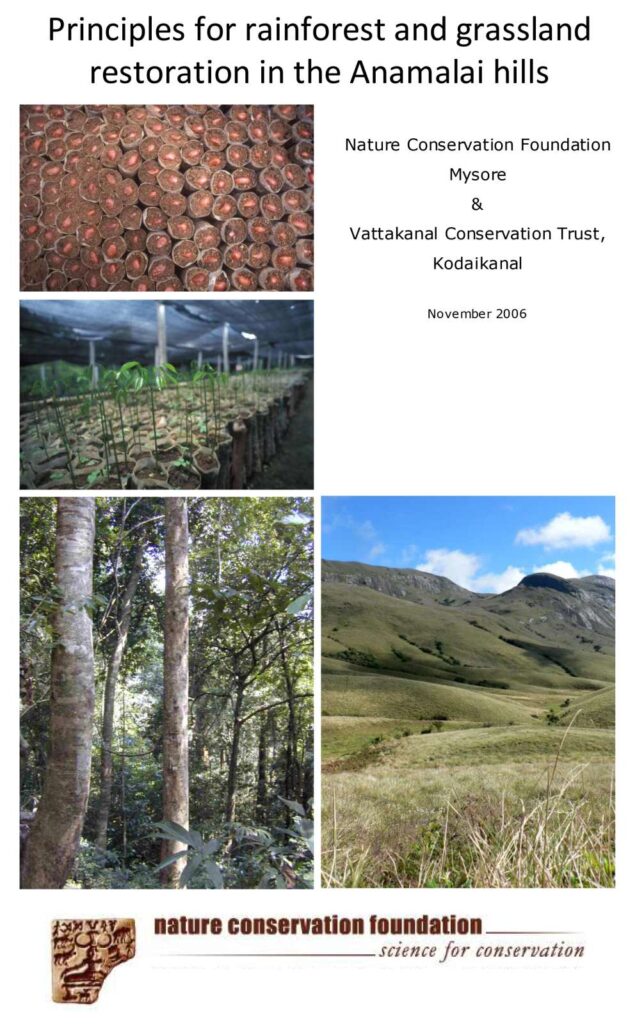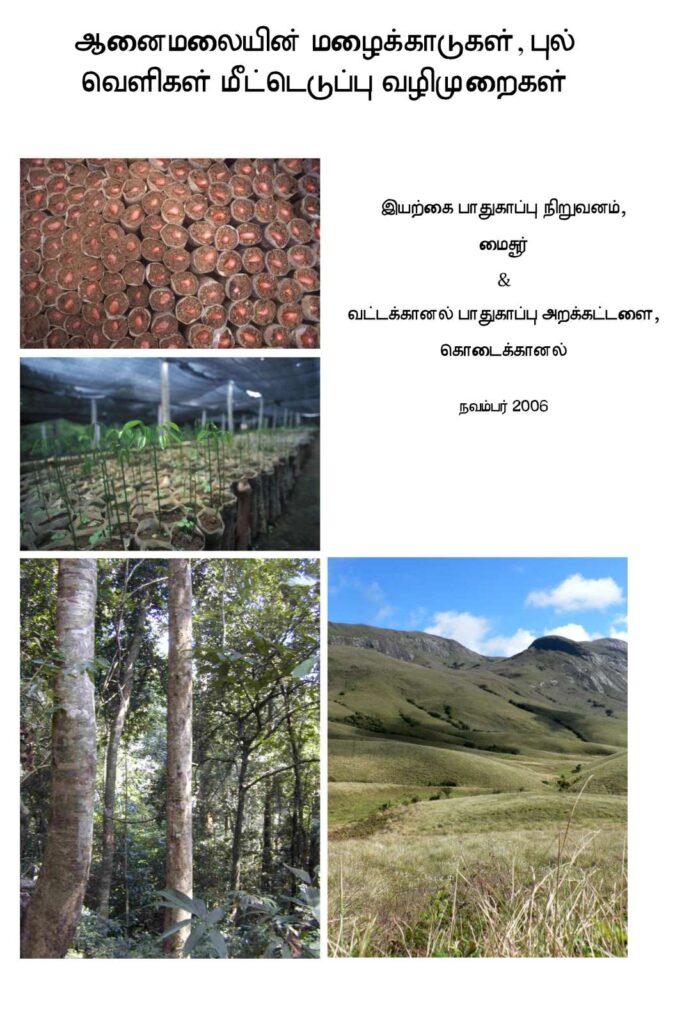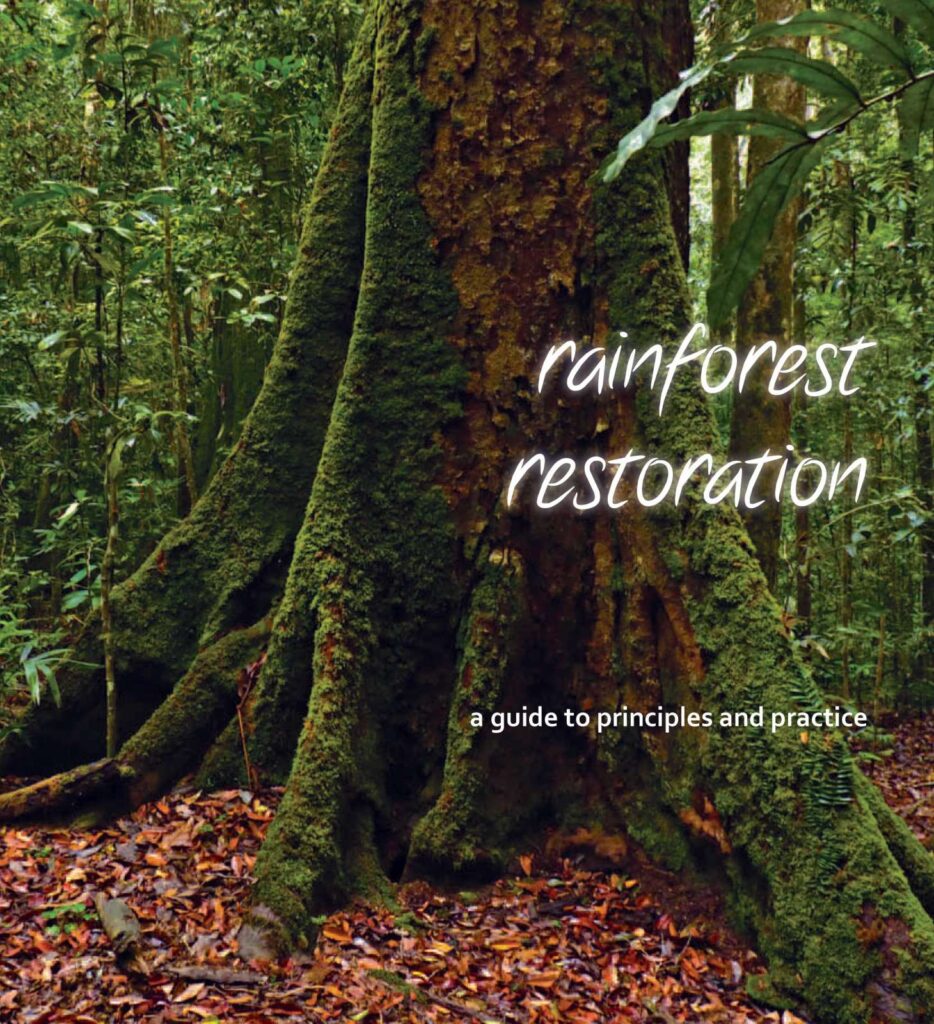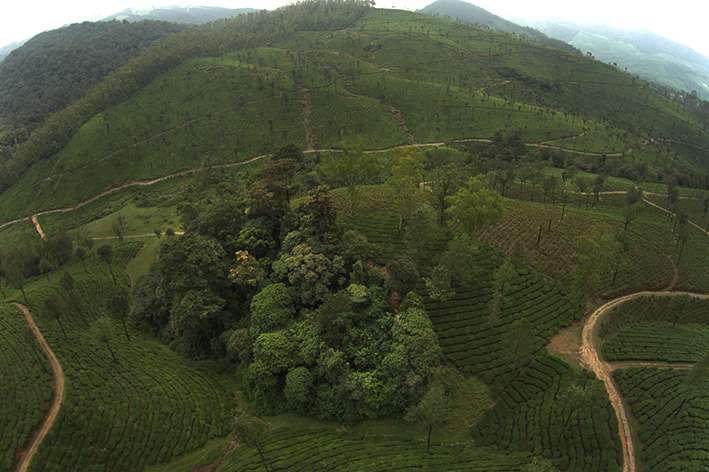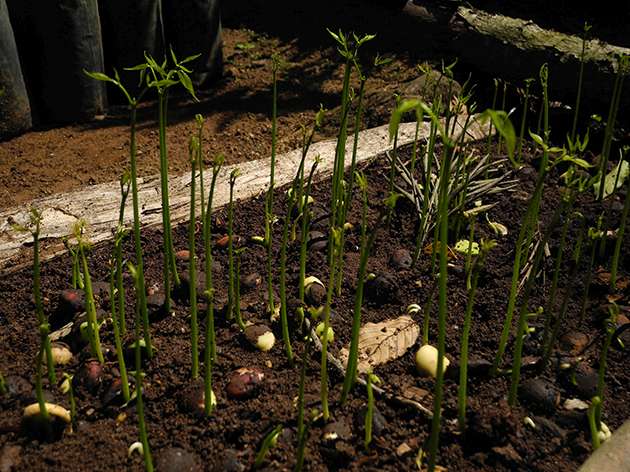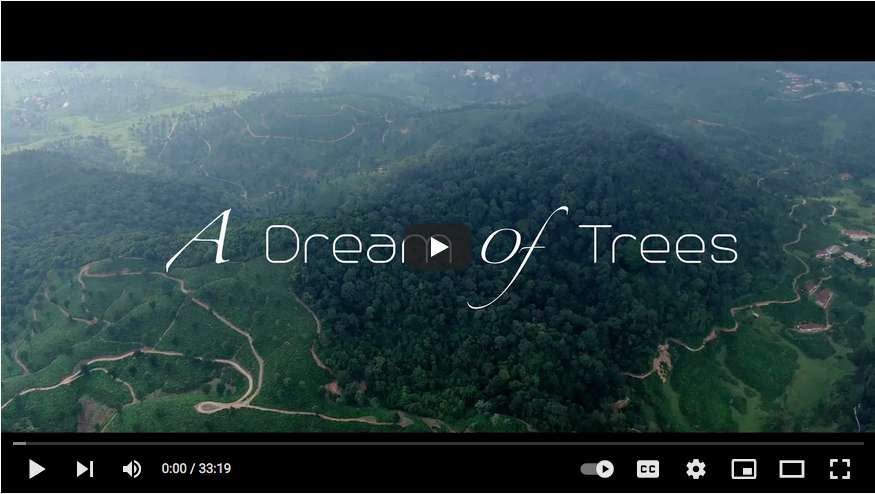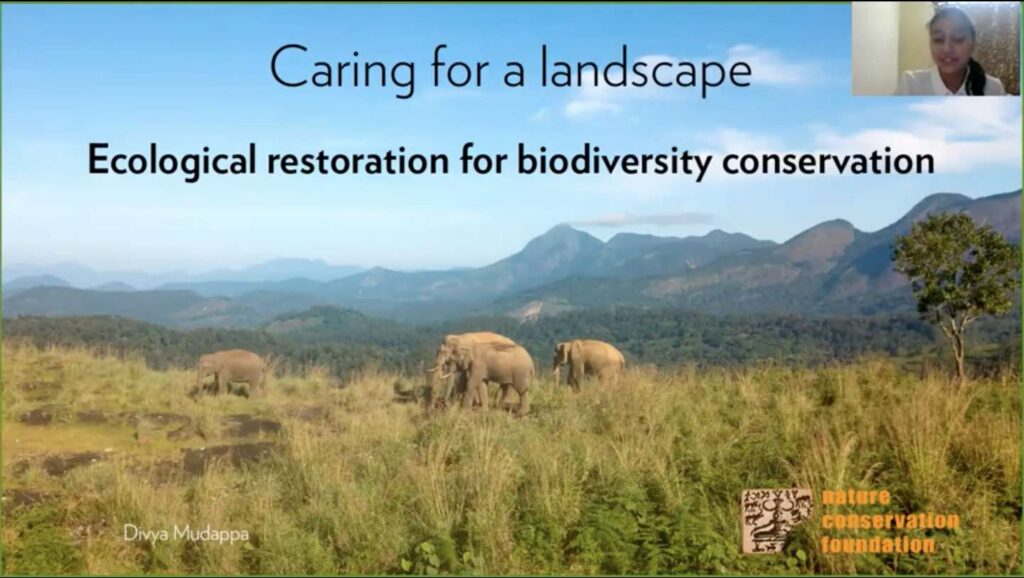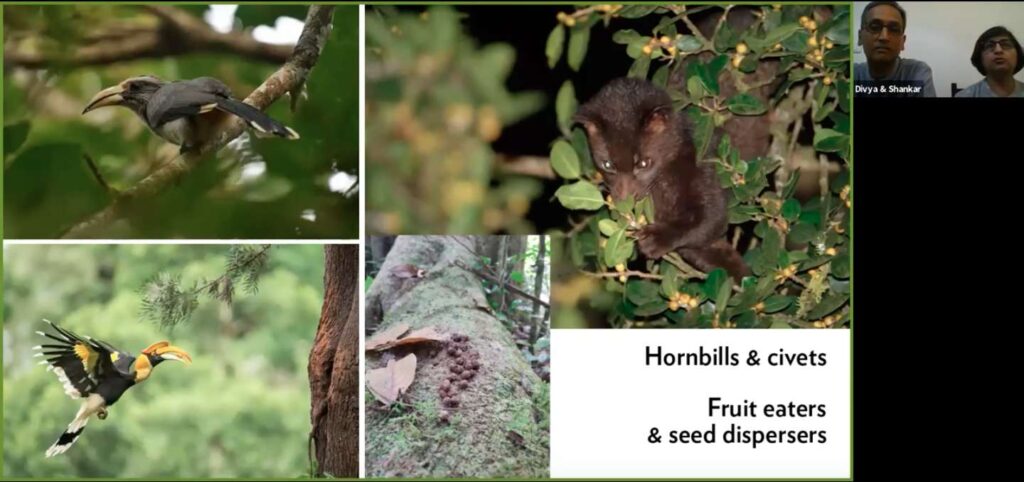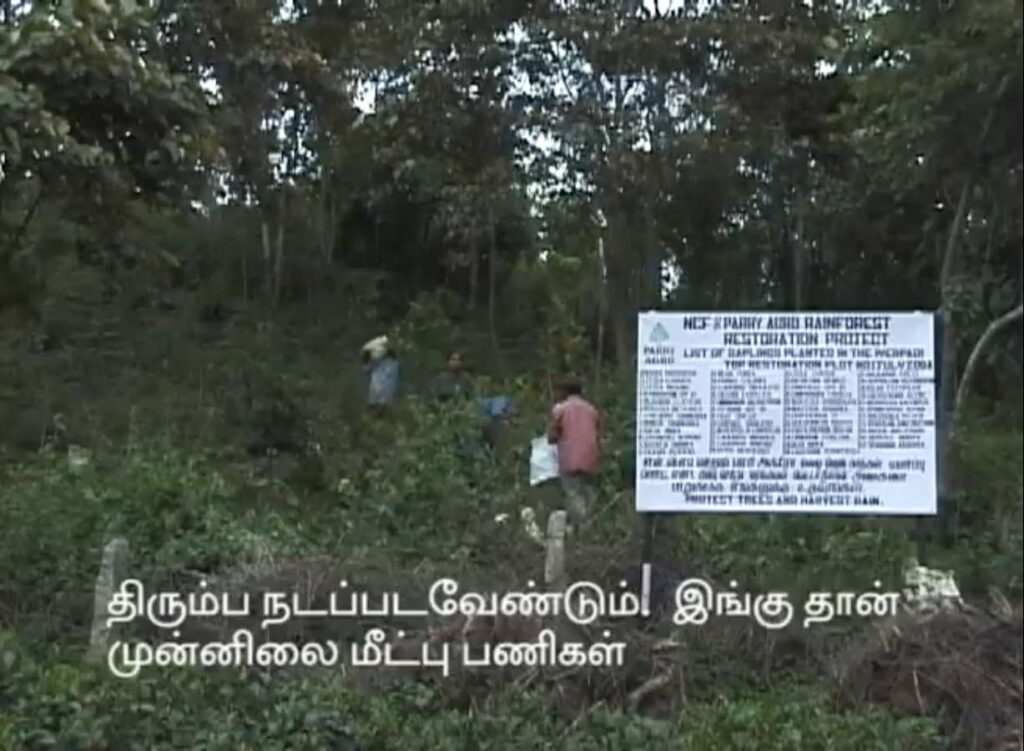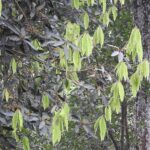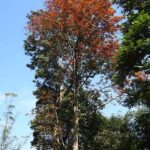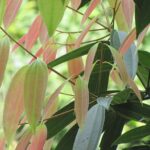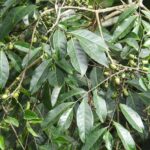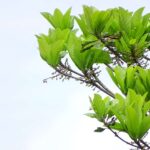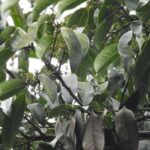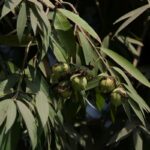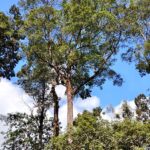Our efforts to ecologically restore rainforests in the Western Ghats sprung from a motivation to conserve the diversity of native plants and animals in this biodiversity hotspot. Much rainforest in the region remains as fragments or patches embedded in plantations of tea, coffee, eucalyptus, and other crops. Many of these fragments are degraded and overrun by weeds due to past disturbances such as logging, fuel wood collection or cultivation. We, from the Nature Conservation Foundation (NCF) established a Rainforest Research Station in the Valparai Plateau of the Anamalai Hills in 2001. In the middle of Tiger Reserves, National Parks and Reserved Forests, the Valparai Plateau spreads over an area of 220 square kilometres. It contains around 50 rainforest fragments of varying sizes (1-300 ha)—remnants of extensive conversion of mid-elevation tropical rainforest to tea and coffee estates between 1890 and 1930. A remarkable diversity of species also remains in the landscape, including endemic and endangered animals such as lion-tailed macaques, Nilgiri martens, Anamalai gliding frogs and Malabar grey hornbills.
As ecologists working in this region, we discovered that even small rainforest fragments were rich in biodiversity, especially if they retained rainforest trees, a dense canopy, and diverse native plant species indicating better habitat quality. Our work suggested that enhancing the multi-tiered structure and diversity of the degraded fragments through ecological restoration could help recover the habitat quality and conserve biodiversity.
Bringing back a complex ecosystem like the rainforest posed a big challenge. Inspired by rainforest restoration projects in the Atherton Tableland in Australia and other parts of the world, we decided to take up the challenge in the Anamalai Hills. Our earlier studies in the rainforests of the Kalakad-Mundanthurai Tiger Reserve informed our understanding of what well-preserved rainforest ecosystems were like, while the Manamboli and Akkamalai rainforests in the Anamalais became a local benchmark to understand species and plant communities native to this area.
In 2001, we started off by signing memorandum of understanding (MoUs) with three companies: Hindustan Unilever Limited (now Tea Estates India Ltd), Parry Agro Industries Limited, and Tata Coffee Limited. The MoUs recognised about 1075 ha of rainforest in 35 rainforest fragments for rainforest restoration, wildlife conservation, and scientific research. We began to work with or alongside the Forest Department, planters, tea estate workers, residents of Valparai, and others.
We established a native plant nursery, a key facility for any restoration project. The nursery, presently at Varattuparai in land provided by a partner, Tata Coffee, is a hub of year-round activity. We collect seeds from roadsides and trails where their chances of survival are very low. This also avoids disturbance of natural regeneration within forests. In this fully organic rainforest nursery, we have managed to raise about 170 native species. It presently stocks around 40,000 saplings of about 90 species.
Each year, during the dry season we identify and prepare the restoration sites in about 4-5 hectares of degraded rainforest fragments. We remove invasive weeds such as Lantana camara, taking care to retain native plants, and erect temporary fencing, if required. Then, during the monsoon, we plant a high diversity mix (40-80 native species) of 2- to 4-year old nursery-raised saplings. For the next year or two, the sites are maintained and monitored as they recover. Between 2001 and 2021, we restored about 100 ha of rainforests planting over 80,000 tree saplings of over 150 native species. A larger area within the fragments is protected for natural regeneration. Thousands of native tree species saplings have also been supplied to tea and coffee plantations for use as shade trees in the surrounding landscape.
Over 20 years of monitoring, our research indicates that active ecological restoration has led to a substantial recovery in plant diversity, forest structure, and carbon storage, besides recovery of rainforest birds. Our knowledge base on seed germination, restoration methods, forest recovery, and plant-animal interactions continues to grow. The first trees we planted have started to flower, fruit, and their dispersing seeds are growing into trees of the future. Ecological restoration requires such sustained and long-term commitment to be effective.

